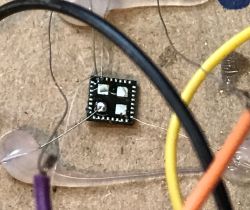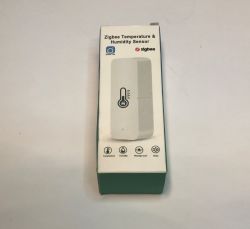tmf wrote: Typically, the current required for backup is many times lower, so correspondingly the losses will also be lower.
I disagree with my colleague, it is not many times lower.... unfortunately as I wrote earlier I have processed this subject
and checked how it is in practice, not in theory. And not only with customers but also with myself. I controlled the valve feeding the CO2 to the aquarium in a cycle of open in the morning, closed in the evening. The generally available NO and NC valves ( not some specialised - expensive ones, because I used such in the beginning, on 12, 24 and 110V) just got hot, and when the current was halved, they let go or passed. The same happened with AC valves, they also got hot. and unnecessary energy was wasted. So practice has shown that there are always losses in the form of heat, because quite a large current has to flow for the valve to work.
I solved the problem in a trivial way, I found an old mechanical switch from compressed air in the junkyard, which I adapted to a ready-made electronic radiator thermostat (there is a geared motor that drives the original radiator valve and has quite a large pressure force allowing the valve to start and cycle). To work the thermostat needs 2 AA sticks, good quality ones last almost 2 years of operation in the cycle of morning open evening close.
tmf wrote: It is possible, but IMHO the protection should be as failure-free as possible. The NC valve will simply close if there is no control, shutting off the flow.
The alarm system is very complex and yet it is considered to be relatively trouble-free. Alarm control panels don't break down on a massive scale.... unless I don't know something.
tmf wrote: The actuator valve will stay in its current position - i.e. it will not protect anything.
.
Of course, but what are the chances of that happening ???? In the same way what is the chance of a toilet hose bursting ????
Added after 12 [minutes]: tmf wrote: Apparently it is simple. The problem is where to put the flooding sensors. Practically they would have to be everywhere.... Therefore, in addition to the sensor itself, some kind of additional protection would have to be added - e.g. to detect some kind of anomaly - e.g. constant water intake? Here there is room for improvement.
The sensor is placed where it is lowest nothing difficult, additionally in places of possible leakage near the washing machine and preferably in the bathroom, kitchen etc.... It is important to take into account that some water still has to spill to reach the sensor ...
Mate
@tmf , I am not questioning your knowledge and experience so no offence and please don't take offence to what I write but I have a strong impression bordering on certainty that you have no experience (certainly not much) of working with the components in question such as valves and flooding sensors etc. Theorising about what is better only muddles the subject author's mind. I am describing proven solutions that have worked for years and have been used by practically all installers. And believe me, I have, on more than one occasion, corrected water shut-off devices or other systems of this type after "paproki".





